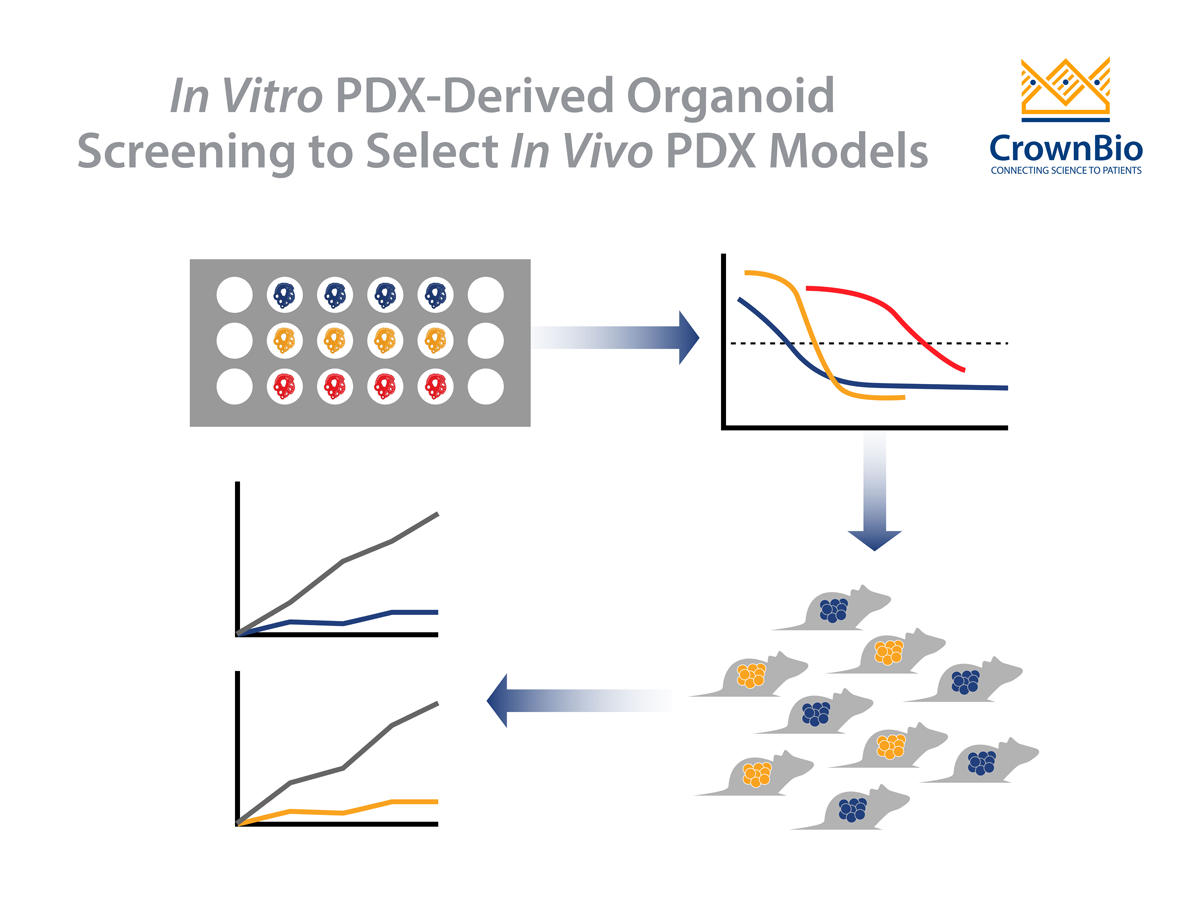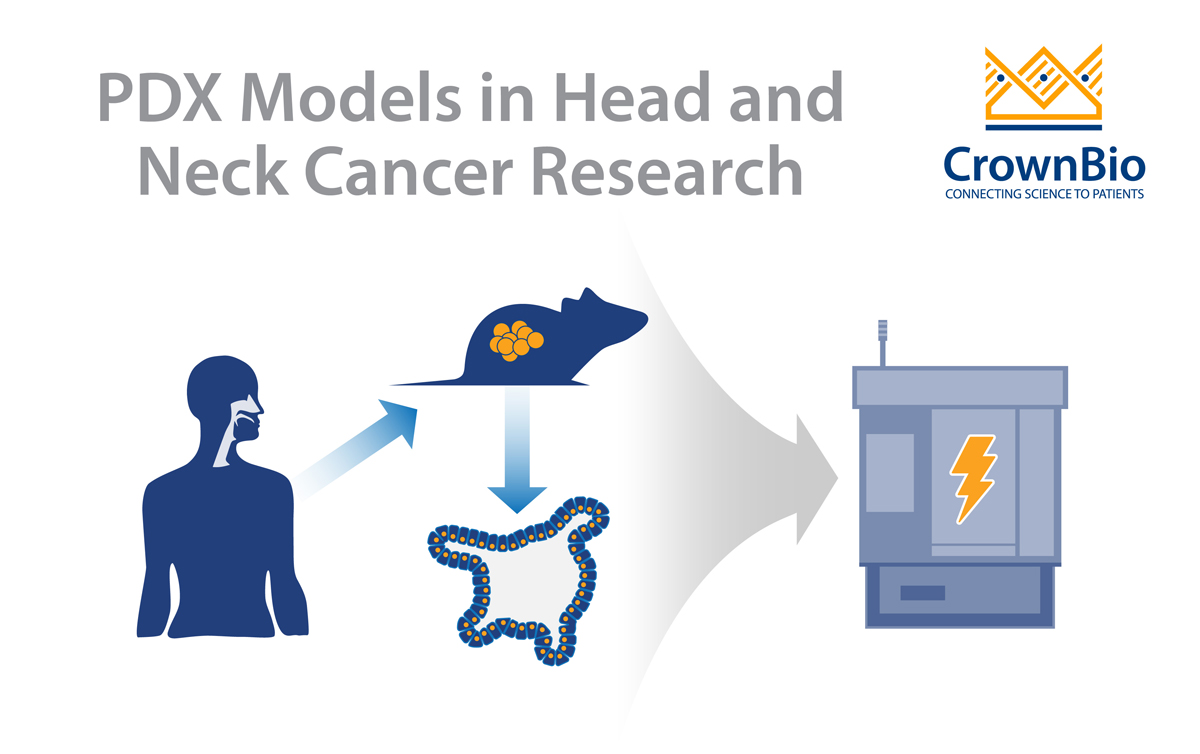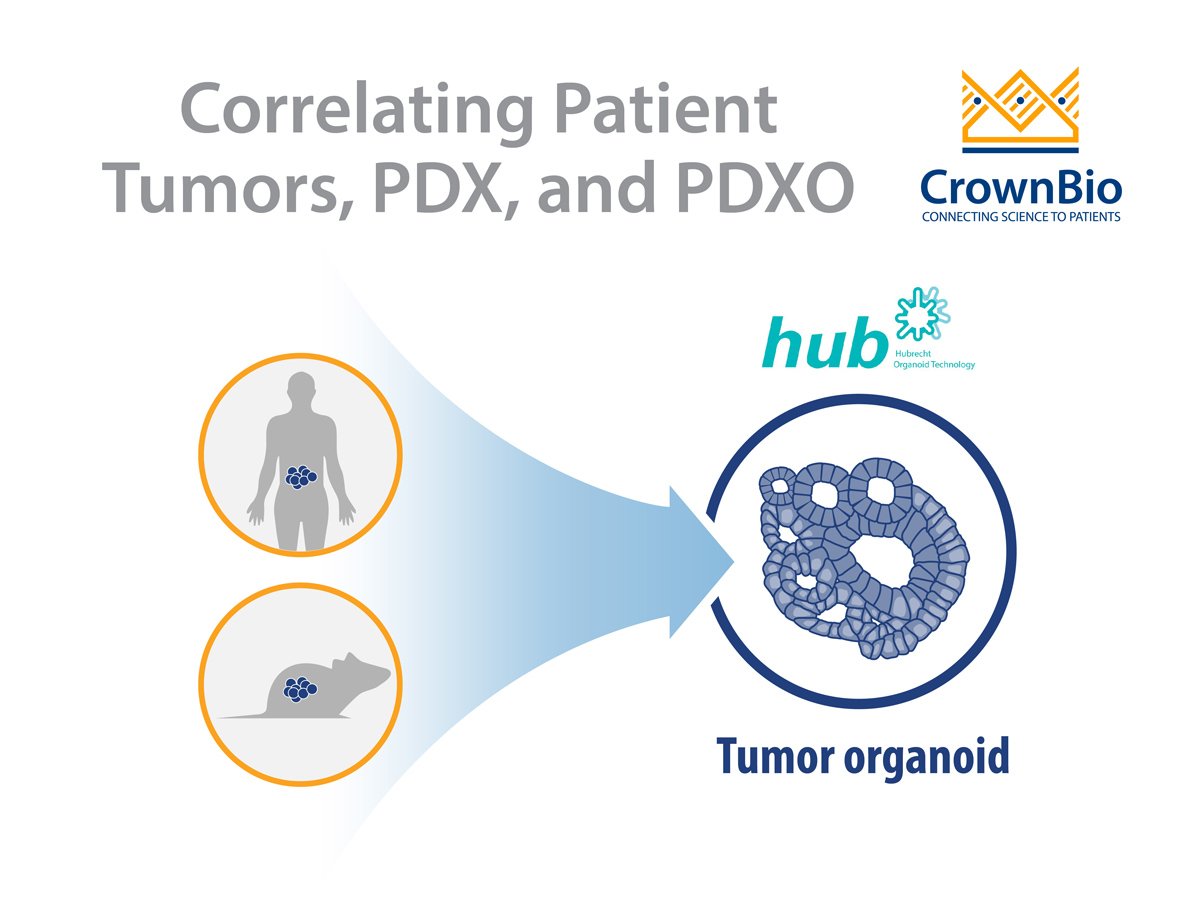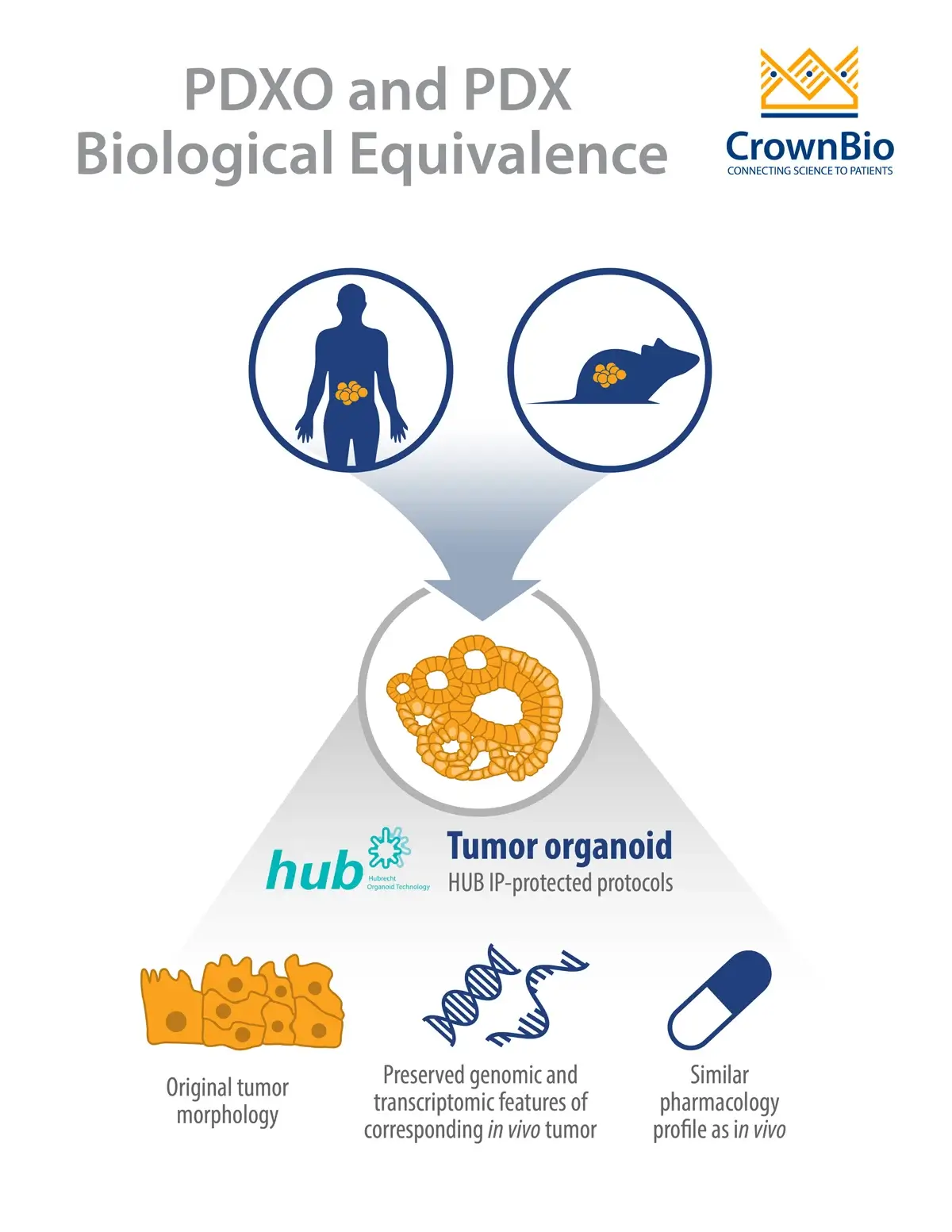Personalized medicine is the future of cancer therapy, and many techniques are being used to drive forward research in this area. Patient-derived xenograft (PDX) models are at the forefront of personalized medicine research in human surrogate trials, but other approaches to using PDX are also being pioneered which may not bring the full patient benefit to everyone.
Human tumors are extremely diverse with multiple different histopathology types and heterogeneous pathogenic mechanisms. Few treatments, if any, can bring benefit to all patients with a single cancer type, let alone to patients across many cancer types. Therefore personalized therapy based on each individual’s disease and genetic make-up is believed to be the future of cancer treatment. Many research tools are being used in the development of personalized therapies, with PDX models ever increasing in popularity.
One mainstay use of PDX models is in human surrogate trials, which closely mimic the format of a Preclinical Phase II trial, utilizing a large cohort of PDX models. The concept of these trials is based on each PDX subject reflecting the pathology of its original patient (behaving as a patient avatar), and the cohort of patient avatars representing the diversity of the human patient population. Crown Bioscience utilizes human surrogate trials (or HuTrials™) to screen lead drug candidates, discover or validate predictive biomarkers and genetic signatures, and to position or reposition agents through identification of responder populations.
Another use of PDX models, highlighted by an MIT Technology Review article last month, is a variation on the theme of personalized medicine - offering mouse avatars directly to cancer patients. This allows experiments and treatments to be carried out on people’s tumors outside of their body. Following growth of the patient’s tumor in the mouse avatar it can be treated with different drugs, with tumor response to different agents being fed back to clinicians to guide patient treatment. As an adjunct to patient treatment, the article does highlight some major issues with this method.
Price can be a significant issue – the article quotes that mouse avatars can cost between $10,000 and $12,000 per patient in the US, with insurance companies not yet paying for the technology. Whilst some cancer patients will be able to afford this, this will be a barrier to the majority of patients needing treatment. The article also mentions there is a 30% chance that your tumor will not grow once grafted into host mice. At Crown, in our experience, take rate for patient tumors can vary enormously dependent on cancer type, with some cancers such as prostate very rarely being transplanted successfully.
However, the biggest drawback that is quoted within the review is that tumors grow in mice at the same rate that they do in people so, for some patients, findings and clinical guidance may come too late. Imperial College London's Justin Stebbing noted that for one recent study, of the 22 patient avatars created for patients with advanced sarcoma, nine of them died before the study yielded any results. Within the sarcoma study a further 7 patients had tumors which failed to grow in mouse avatars, with the result that over 55% of the patients in this study did not get a chance to benefit from this experimental technique.
Crown Bioscience fully support the use of PDX models in personalized medicine and as a rationale for drug discovery. We feel that PDX models can give the most patient benefit by being used to improve the success of translating novel drugs and therapies into the clinic rather than as a personalised diagnostic tool. Our HuTrials are possible because of Crown Bioscience’s ability to leverage the world’s largest commercial collection of genomically characterized PDX models, which is large enough to be truly reflective of the patient population, many of which are in constant passage. We also have a diverse collection of sarcoma PDX models available for your research needs, including standard of care treatment information.
Contact us at busdev@crownbio.com to talk to our experts about how HuTrials can drive forward your personalized medicine research or for more information on our sarcoma PDX resources.








